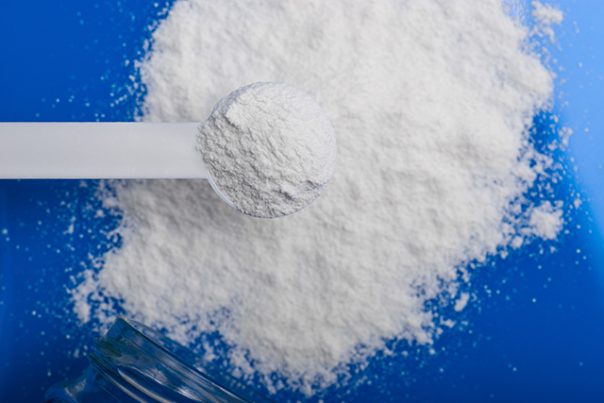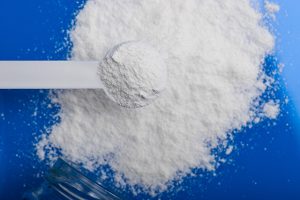
Hydroxypropyl methylcellulose sources, health risks
Tuesday, October 17, 2017 by Rhonda Johansson
http://www.naturalpedia.com/hydroxypropyl-methylcellulose-sources-health-risks.html

Hydroxypropyl methylcellulose (HPMC) is a synthetic modification of the natural polymer cellulose and appears as an odorless, tasteless, off-white, granular powder. It is used mostly as an indirect food additive or emulsifier and is approved as generally safe for use both by the United States Food and Drug Administration and several health regulatory groups in the European Union. The Joint Food and Agriculture Organization of the United Nations/World Health Organization Expert Committee on Food Additives (JECFA) has evaluated the substance to have “no specified” acceptable daily intake (ADI) as most food manufacturers do not exceed a preparation level of more than 5,000 milligrams per kilogram body weight/day. It is estimated that the current average consumption of HPMC is at 0.047 mg/kg body weight/day.
HPMC is used as a film-forming polymer in many pharmaceutical and beauty products such as bath soaps, shampoos, and cleansers. HPMC exhibits “thermogelling properties” which means that while it is a liquid at room temperatures, heat congeals the compound to a gel-type consistency. This makes it highly useful as a binding agent or as an additive for anything that requires increased viscosity.
Typically, products contain HPMC at exceedingly small amounts (around less than five percent of the total constitution of the item). Nonetheless, some items such as moisturizers and night creams can contain levels as high as 36 percent HPMC. This is where most of the reported negative side effects occur.

Harmful effects that can be caused by hydroxypropyl methylcellulose
Hydroxypropyl methylcellulose is not a highly regulated nor studied compound. The danger in naturally assuming a substance is safe merely because no one has (yet) exceeded its bounds is either largely ignored or not particularly cared for. All the same, health regulatory groups say that HPMC is safe as long as people practice proper manufacturing habits. Some animal studies further purport this claim, concluding that correct use of the substance should cause no discernible harm.
On the other hand, small studies suggest that HPMC may seep into the skin and cause mild to moderate skin allergies. Symptoms of these irritations include rashes, hives, and scaly skin. Immediately discontinue using a skin product if you notice any of these symptoms. These irritations should resolve themselves within a few hours to a day.
Ingesting the compound can cause gastrointestinal distress as well. While studies about this are contradictory, it can be hypothesized that HPMC is not well-received by the stomach.
Body systems harmed by hydroxypropyl methylcellulose
It is difficult to determine what hydroxypropyl methylcellulose does to the body as research on this is limited. What can be said, however, is that incorrectly using the substance can cause moderate damage to the skin and gut.
Where to learn more
- Study Finds Homeopathic Nasal Spray Effective for Allergies
- Titanium dioxide in vitamins and supplements: Is it safe for human consumption?
- Children’s vitamins largely made of sugar and corn syrup
- Phthalate warning: Medications contain chemicals that “feminize” unborn baby boys
- How to avoid GMOs when you’re on a budget
Summary
Hydroxypropyl methylcellulose is a popular food additive that is used to increase the viscosity of the product. It is normally found in levels that are less than five percent of the total constitution of the product and is considered safe by many health regulatory groups. All the same, incorrect use of HPMC can cause an allergic reaction.
Sources include:
Tagged Under: Tags: Hydroxypropyl methylcellulose





